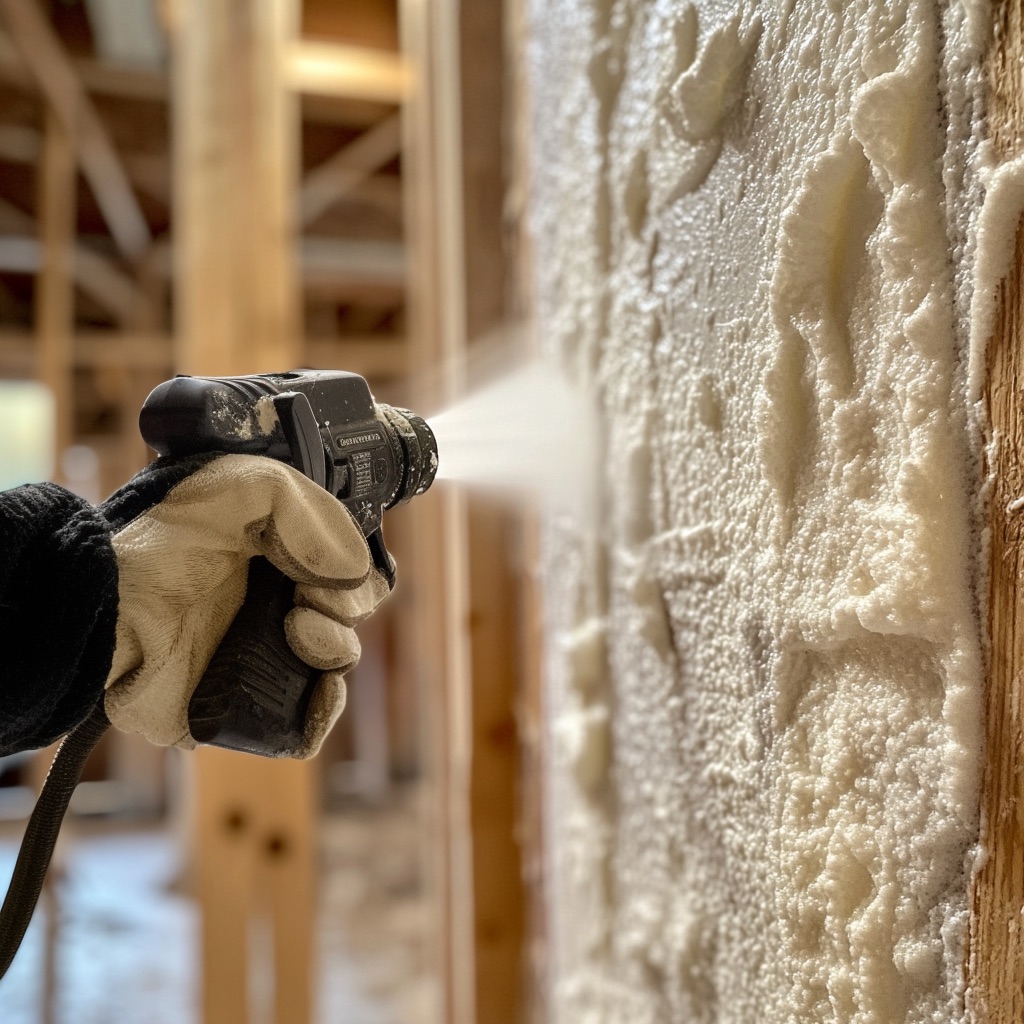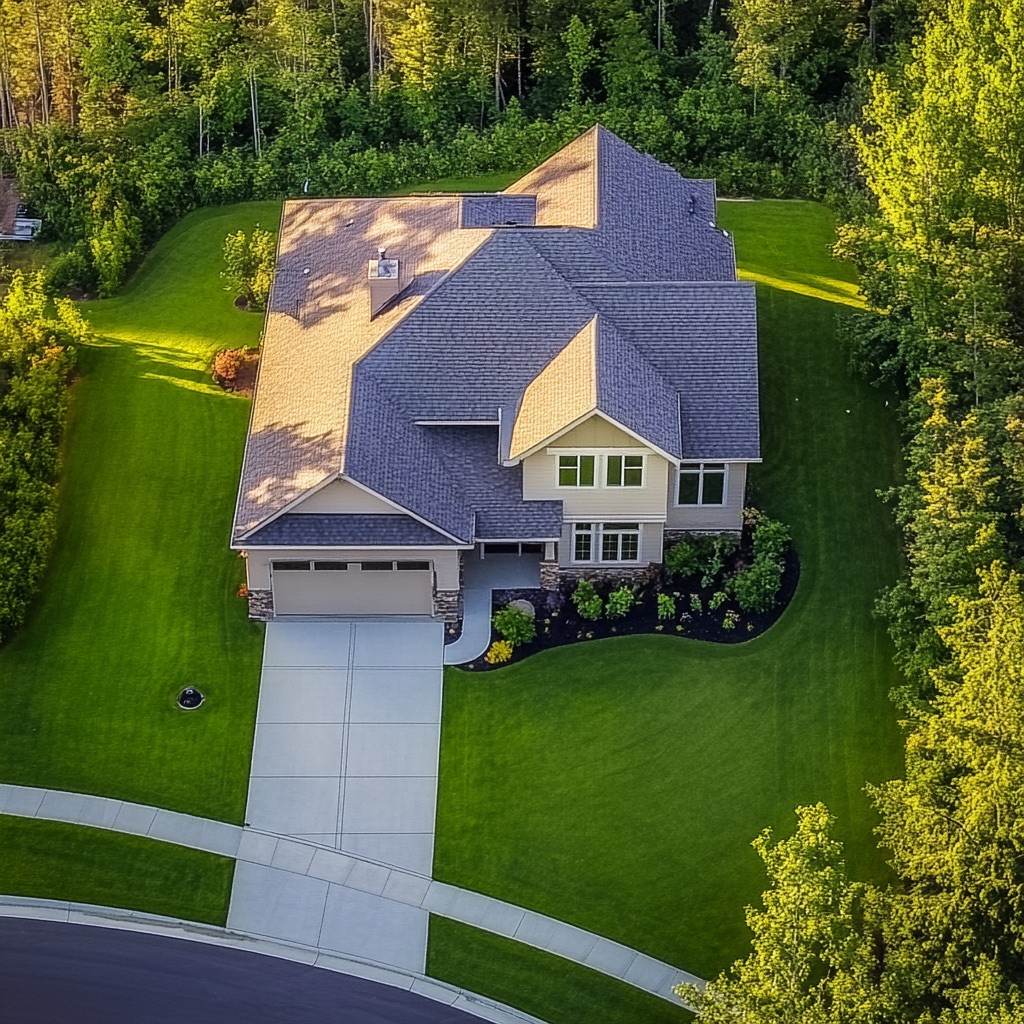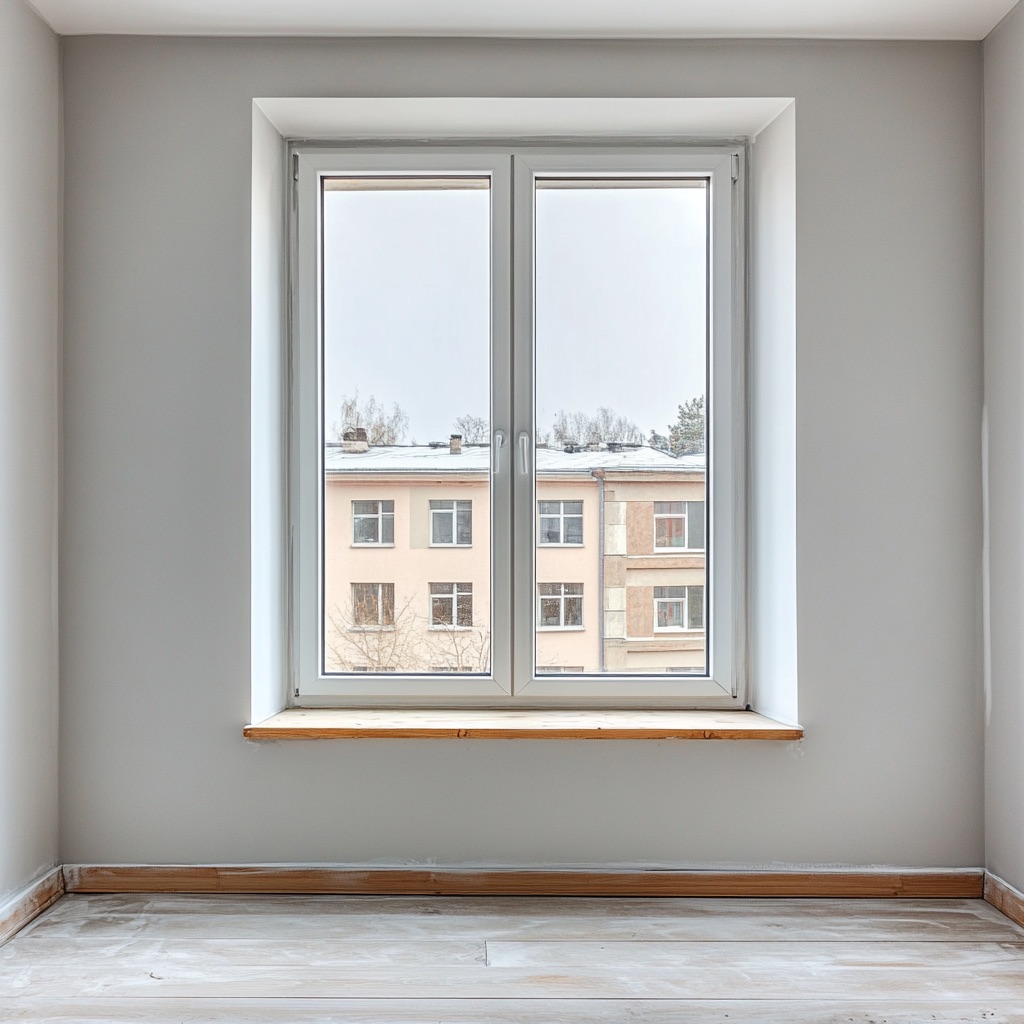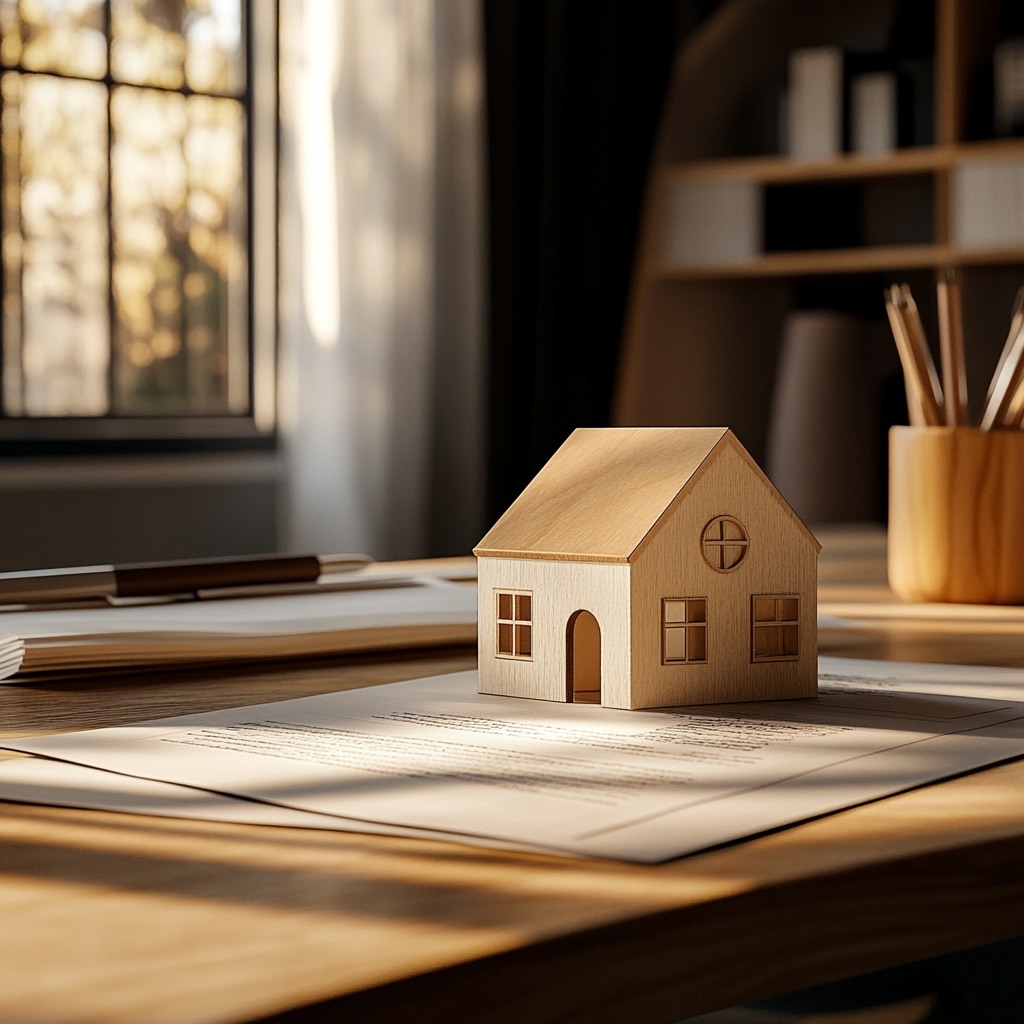As homeownership responsibilities beckon, vigilant maintenance of one’s roof becomes crucially important. So today, we zoom in to examine the advanced techniques that lead to thorough and detailed roof inspections.
These cutting-edge strategies not only promise to extend the lifespan of roofing materials but also ensure that minor issues can be detected well before they escalate into costly repairs. Through this blog, we’ll take a closer look at the tools and methodologies that experienced professionals employ to safeguard one of your home’s most critical defenses against the elements.
Visual Inspection Techniques
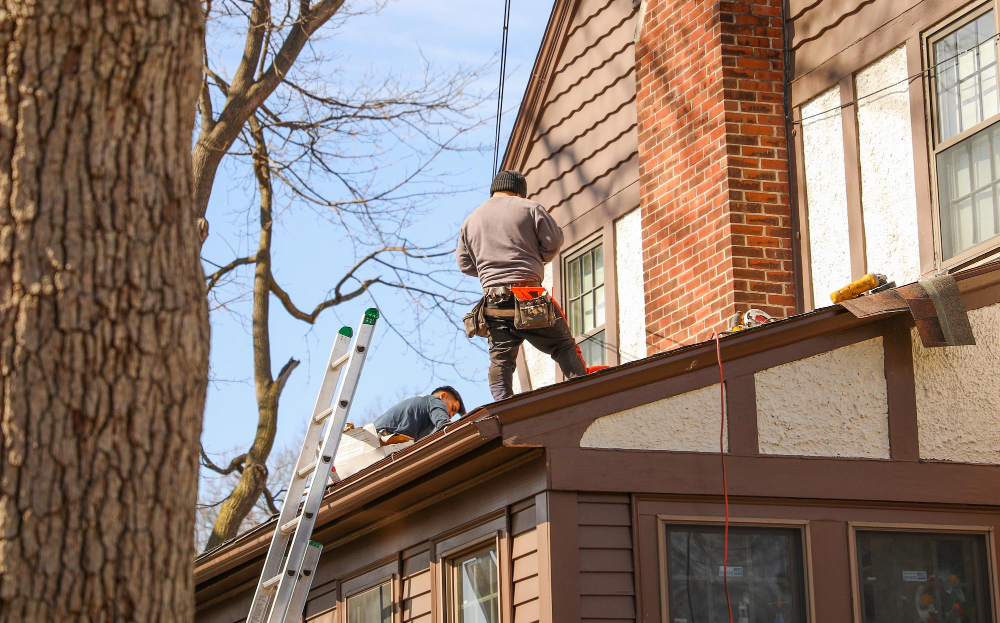
A paramount step in professional roof inspections is the visual examination. Inspectors meticulously review the roof’s surface, searching for signs of wear and damage such as cracked or missing shingles, bent or rusted flashing, and abnormal sagging.
Professional roof replacement services recommend conducting visual inspections at least twice a year, in the spring and fall, to detect any damage that may have occurred during harsh weather conditions. Additionally, homeowners can also conduct their own visual inspections after major storms or severe weather events.
Advanced Tools for Detailed Analysis
To further enhance the precision of roof inspections, professionals employ advanced tools that enable a more detailed analysis. Infrared scanners can detect irregular heat signatures indicative of poor insulation or moisture entrapment, both of which can compromise a roof’s integrity.
Drones equipped with high-resolution cameras offer a bird’s eye view and the ability to capture images of hard-to-reach areas, making it easier to identify potential issues without the need for inspectors to physically traverse risky or steep roof surfaces.
The integration of these advanced technologies not only increases the safety of inspection procedures but also contributes to a more accurate and comprehensive assessment of the roof’s condition.
Identifying Common Roof Issues
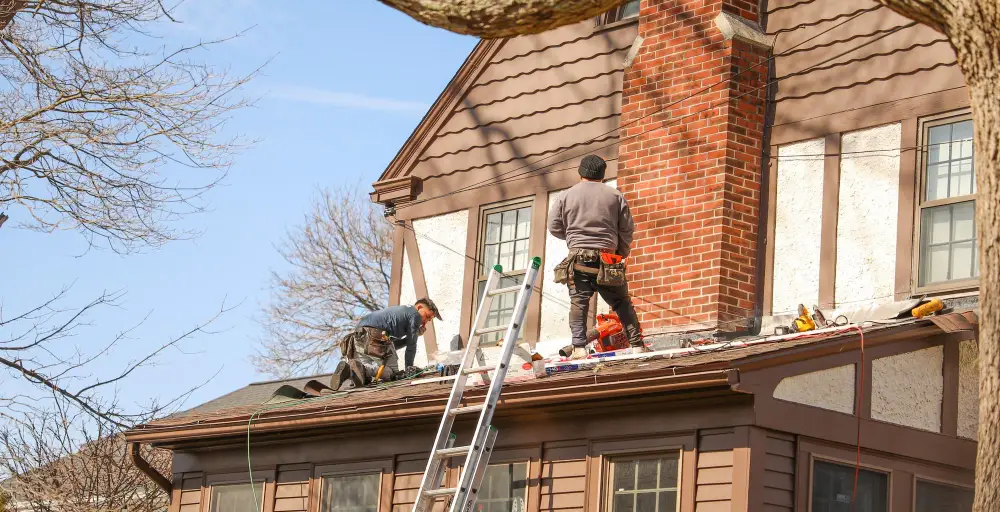
Recognizing common roof issues is integral to maintaining the structural health of any home. Among these, water damage stands out as a primary concern, often manifesting as dark streaks or spots on the ceiling or walls beneath the roof. Other prevalent problems include missing, cracked, or curling shingles which can leave the underlying roof deck exposed to the elements.
Clogged gutters also pose significant issues as they prevent proper water drainage, potentially causing water to pool and inflict damage on the roof’s structure. It’s essential for homeowners to be aware of the signs that suggest ventilation issues as well, such as ice dams along the roof’s edge during winter, which indicate that the attic is not adequately venting warm air.
Early identification and resolution of these common issues are key to prolonging the life of a roof and preventing minor concerns from becoming major expenditures.
Assessing Roofing Materials and Condition
Determining the condition of roofing materials is a critical aspect of comprehensive roof inspections. An expert inspector evaluates the type, age, and overall condition of the roofing materials, considering factors like brittleness, granule loss, and weathering that can compromise the roof’s integrity.
The life expectancy of roofing materials varies, with asphalt shingles typically lasting 15-30 years, while metal, tile, or slate roofs can last much longer with proper upkeep. Alongside assessing the durability and state of the materials, inspectors also look for environmental influences like overhanging branches or moss and algae growth, which could hasten the deterioration of the roof.
Understanding the materials and their condition aids in forming action plans that are tailored to address specific maintenance or replacement needs, ensuring the roof remains an effective shield for the home.
Documenting Findings and Recommendations
During and after a comprehensive roof inspection, it is vital for professionals to meticulously document their findings and formulate clear recommendations for the homeowner. This documentation not only serves as a record of the roof’s current condition but also as a guide for any necessary repairs or maintenance.
In their reports, inspectors typically include detailed descriptions and photographic evidence of issues, positioning of potential problem areas, and a prioritized list of recommended actions.
Moreover, they may suggest preventive measures, such as trimming overhanging branches to reduce the accumulation of debris on the roof’s surface. Thorough documentation ensures homeowners are well-informed and can make timely decisions to protect the longevity of their roof and, by extension, their entire home.
The Takeaway
Maintaining a healthy roof is crucial for the overall well-being of a home. Through visual inspections, advanced tools and techniques, identifying common issues, assessing roofing materials and condition, and thorough documentation, professionals can provide homeowners with detailed insights into their roof’s current state and ways to protect it from potential damage.
With these advanced techniques at your disposal, you can rest easy knowing that your home’s first line of defense is in good hands. So, schedule a professional roof inspection today and give your roof the care it deserves.
Recap
